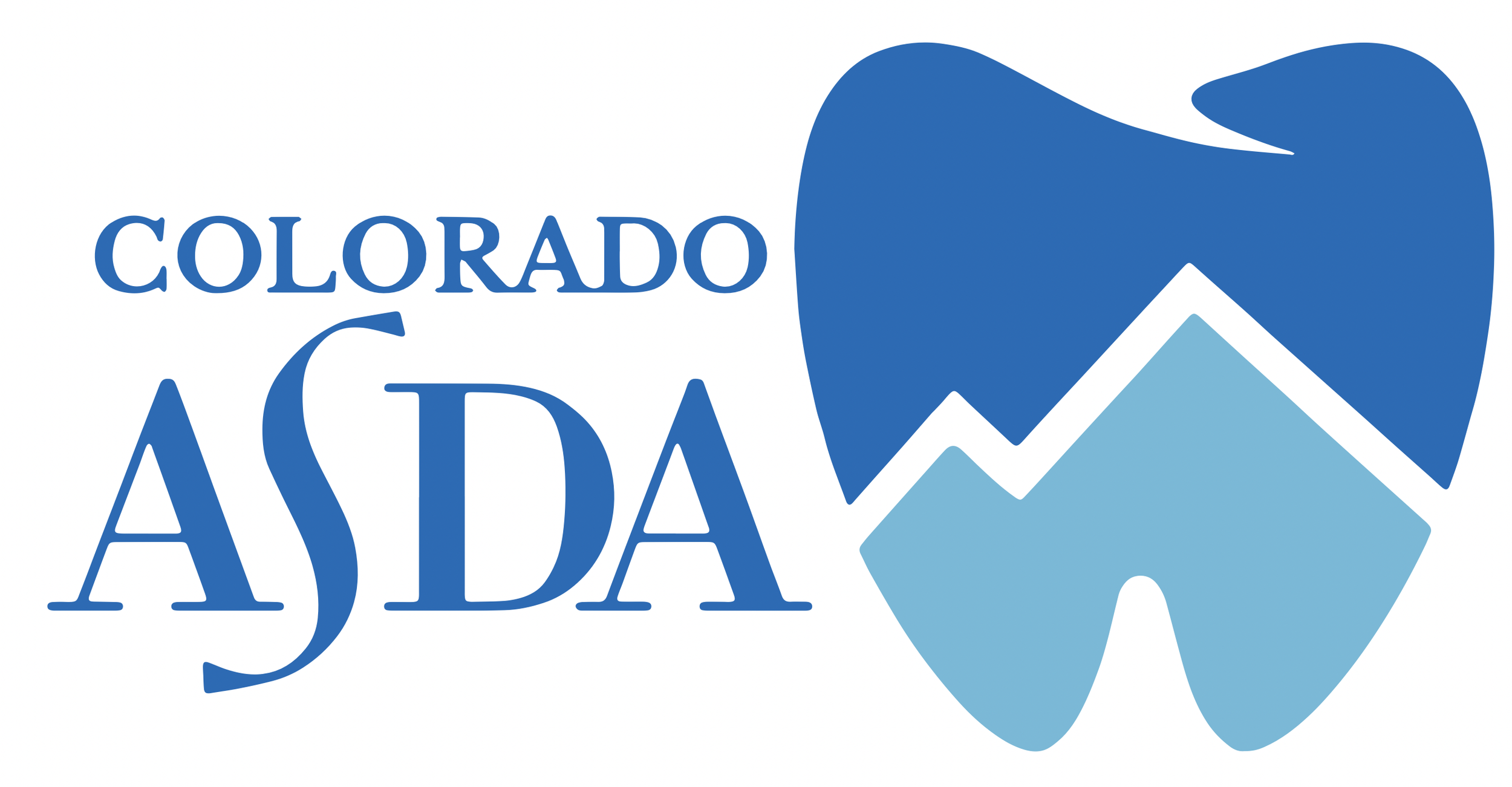A | B | C | D | E | F | G | H | I | J | K | L | M | N | O | P | Q | R | S | T | U | V | W | X | Y | Z
Screening Clinic Protocol
The screening clinic is unique from other clinics at the school. It is an brief once-over of the patient to determine if they are an appropriate fit for the school and an estimate of their needed treatment. Like OS and EM, each student is assigned a specific number of screening rotations per semester. It is located on the third floor of the dental school, through the doors to the right of the Ortho Department desk.
Radiology/Screening Rotation (RADIO/SCREEN): on your radiology/screening rotation, you are expected to be in the screening clinic and ready to take any radiographs that are needed. You may also be asked to see patients for screening if it is busy and/or if students assigned to the screening rotation are absent.
Things to remember:
- Be brief -- they will get a comprehensive exam during their OD if they are accepted -- you only have an hour or less for each patient and you are expected to see two patients for each screening clinic rotation.
- Do not open your instrument cassette unless they have seen the screening video and are able to cooperate with how the school's clinics work.
- Do not try to estimate fees or definitive treatment; explain that everything will be discussed with them throughout the OD and a treatment plan (with estimated fees) will be presented to them.
- Check with Pam prior to referring any patient to Faculty Practice or GPR.
Materials Needed:
- "Screening" (Basic) Cassette
Steps:
- Sign into axiUm.
- Set up chair.
- Go to "Scheduler" -- "Active" tab in axiUm; your patient's name will turn red when they have turned in their necessary paperwork in the reception area.
- Get patient from reception area and seat them in axiUm.
- Have them watch the Dental Screening Clinic Introduction video.
- Review and discuss with them the time commitment, their availability, their ability to pay, their needs vs. our "needs" (requirements for graduation), and the "no permission statement" before continuing.
- Add the "Adult Dental/Medical History" form under "Forms" tab in the EHR.
- Fill out the form while walking through every question with the patient. Ask follow up questions as needed. **this step can be done on one of the radiology computers while the patient watches the screening video**
- Enter all medications into eRx.
- Have patient sign their Medical History form.
- Add the "Screening Template Note" under "Oral Evaluation" template notes to the screening code (D0190) (NOTE: when first adding the note, it will not let you save and close out unless you enter the chair number toward the bottom).
- Take vitals
- Present patient's health history and vitals to the covering faculty for a start check.
- Begin with extraoral and intraoral exam.
- During your dental exam, focus on the chief complaint of the patient to guide what needs they have.
- Briefly examine the following needs:
- Diagnostic/treatment planning (standard/complex/too complex)
- Radiology (FMX/pano/not needed) - **if they have had radiographs in the past year, request that they have the previous office send the radiographs**
- Periodontal (incipient/moderate/advanced)
- Operative (few/moderate/rampant/not evident at this time)
- Endo (possible/definite/referral/not evident at this time)
- Fixed prosthodontics (single crown(s)/bridges/implant crown(s)/not indicated at this time)
- Removable partial denture (1 arch/2 arches/too complex/not indicated at this time)
- Complete denture (1 arch/2 arches/too complex/not indicated at this time)
- Diagnostic needs (simple/moderate/complex/urgent/limited)
- Have the covering faculty verify your findings and determine whether or not they would be a good fit for the school, if they should not be accepted, or if they should be referred to another clinic.
- Plan the appropriate Comprehensive Oral Evaluation macro code (D01501 = Simple, D01502 = Moderate, D1503 = Complex) as well as any necessary radiographs, and a Caries Risk Assessment (D0195) and have that approved by the covering faculty. If you have your note done already, you can save time by having the faculty approve that at this point as well.
- If the patient is accepted and you have time/there is an available chair, they can have their FMX/Pano/other necessary radiographs done before they leave (if there is someone on their radiology/screening rotation, have them take care of the radiographs).
- Fill out the half sheet "Patient Needs" form and give it to Pam.
- They receive their acceptance/rejection letter and the email address to send radiographs from a previous office (if needed and within the past year) at Pam's computer.
- Check the patient out at the finance window.
- If they did not already do so, have the covering faculty approve your note.
Click here for a complete Screening Checklist & Timeline.
